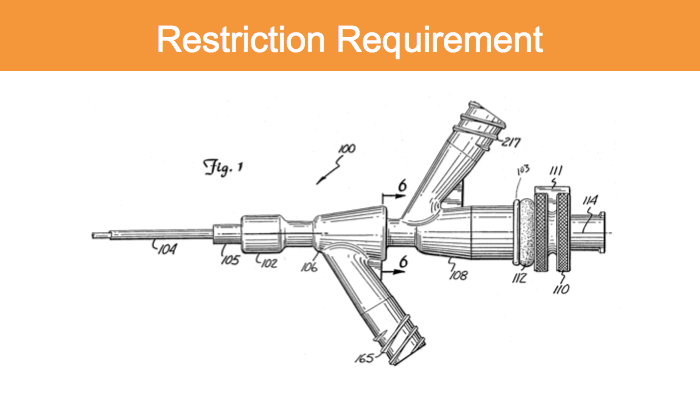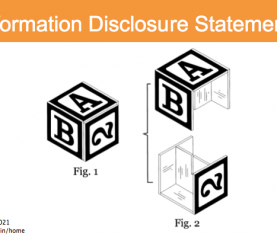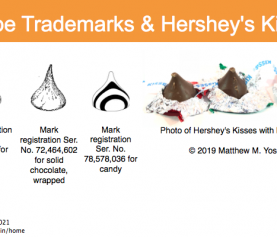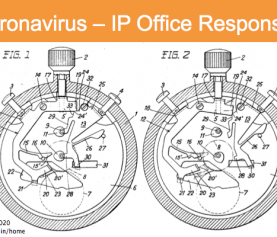Election-Restriction Requirement
A patent examiner at the USPTO will sometimes send an Election/Restriction Requirement in response to a patent application. This is an assertion by the examiner that the application claims more than one distinct invention, and that you – the applicant – must choose one of the claimed inventions (the basis for this is in the USPTO’s rules). The general rule is “one invention per patent.”
What is an Election/Restriction Requirement?
The examiner, in a Restriction Requirement Office Action, will set out the groups of claims as she or he sees them. You must respond by choosing one group of claims. If the Office Action is an Election Requirement, then the examiner believes that the application’s claims would cover more than one “species” (meaning a variation) of a single invention. If a “generic” claim (meaning a claim that could be part of more than one variation or species of an invention) is allowed to issue, then other unelected species of claims (which the generic claim also covers) may also be allowed later.
The issues behind an Election Requirement and a Restriction Requirement are so similar that the USPTO uses one standard form of Office Action for both.
What do you need to do with an Election/Restriction Requirement?
You can also choose to disagree with the need for the election or restriction, and/or you can disagree with the examiner’s proposed groupings. Either of those responses is called responding “with traverse.” Whether you respond with traverse or without traverse, you must respond and select (“elect”) one of the groupings. This is a common part of patent prosecution, and typically, you’d select the grouping of patent claims that is currently most commercially valuable, though if the restriction requirement splits claims to a product from claims to a method, you typically would elect the product claims.
What if you don’t elect one of the groupings of claims?
If you don’t elect one of the groupings for examination now, or don’t respond at all, you will be non-responsive and that will lead to your application being abandoned. You should respond, and must select one of the groupings of claims. You can try to protect the other groupings of claims later, by filing a divisional patent application to have those other claims examined. Filing a divisional patent application means, usually, re-filing the same application with some or all of the claims you don’t elect now (and you can and usually should amend them or add to them).
Should you respond with or without traverse?
It’s usually a better strategy to respond without traverse – that is, without saying that the restriction requirement is improper, and without saying that the examiner’s proposed groupings of claims are wrong. This is so for a few reasons: first, it usually doesn’t work, and it costs money to write the arguments. Second, as a matter of patenting strategy, you can try to protect the other claims later with a divisional patent application, which can bring you other advantages. Third, while you can sometimes convince an examiner that their grouping of claims isn’t the best possible grouping, it is rare to have them back down and withdraw the restriction requirement, and while it is possible to petition to have it withdrawn, those petitions aren’t usually granted. And they will usually just correct their mistake on the restriction requirement, and send you another one.
If the examiner has grouped the claims in an illogical way, it may be worthwhile to respond with traverse to suggest a more sensible grouping of the claims. Especially in patent applications where you describe multiple embodiments of the invention, it is possible that an examiner hasn’t fully grasped how the different embodiments relate to each other, and a traverse may make sense. But keep in mind, they may just correct their reasoning, and respond with another election/restriction requirement.
What are advantages of divisional patent applications?
Having divisional patent applications may give you a different patent term (because, via patent term adjustment, the duration of a divisional may be extended) for those claims: the restriction requirement splits them off from the group of claims that you elect now, so the examiner won’t later be able to make a double-patenting rejection. It also precludes the two groupings of claims, which are now separate patent applications due to your acceptance of the restriction requirement, from being obvious in light of the other, if one of the patent applications is ever the subject of litigation. Even though they may have similar claims, they can’t be obvious in light of the other.
How do you respond to a restriction requirement?
Typically, when responding without traverse, you respond by electing the group of claims you want to have examined now, and state that you do so without traverse. The claims directed to the invention you elect will be examined, and the claims directed to the other invention won’t be considered now. You can file a divisional patent application to have the other grouping (or groupings) of claims examined at any time until a patent on the elected claims issues. Finally, note that an Election/Restriction Requirement typically comes with a two-month window for response with no additional USPTO fees, and after that you typically can extend for up to four additional months, each with an extra fee (which vary with entity size). It’s important to address this, and every, Office Action promptly.
Do you have questions about an election requirement or a restriction requirement? Give me a call at 617-340-9295 or email me at my Contact Me page. Or, find me on Facebook, Twitter, Google+, LinkedIn, Google Local, or Avvo. Wondering why I chose this image from US patent 4,838,269? Two reasons: it’s a manifold for an angioplasty using a balloon catheter, and a manifold lets you guide multiple separate items together (or apart, for a restriction requirement); and an angioplasty treats a restriction in an artery.






